
Table of Contents
1. Introduction
2. Pre-planning: Defining Your Vision and Goals
1. What Kind of Space Will Make You Happiest
2. What Are Your Priorities
3. Flowers or Vegetables or Both
4. Do You Want Plants with Medicinal Properties or Fruiting Plants?
5. Native Plants and Grasses? Yes or No?
6. Do You Want to Attract Birds and Beneficial Insects?
7. Is Attracting Pollinators Important to You?
8. Perennials, Annuals, or a Mix
9. What Are Recognized Best Practices for Integrating Ideas into Your Space?
10. How Much Time Do You Want to Dedicate to Creating and Maintaining Your Outdoor Area?
11. Are Roses in Your Landscape Part of Your Plan?
12. Have You Thought About a Budget and How Your Budget Will Impact Your Vision?
3. Budget Considerations
1. How Much Money (and Time) Are You Prepared to Invest in Your Design Project?
2. Lifestyle Considerations
4. Borders and Edging
1. Where Does Your Space Begin and End in Relation to Your Lawn and the Rest of Your Landscape?
2. Materials and Design Options
5. Other Considerations
1. DIY or Hire a Landscape and Yard Care Service?
2. Can a Landscape Architect Help You?
3. Does Soil Health Matter?
4. Does Organic Matter to You?
5. Diseases and Pests: What Should You Know?
6. Key Elements of Design
1. Pathways
2. Trellises
3. Native Grasses
4. Size and Space Considerations
7. Raised Beds vs. Traditional Beds
1. Pros and Cons of Each
2. If You Prefer Raised Beds, What Design Works Best for You?
3. Dimensions and Material Considerations
4. Common Mistakes to Avoid
5. Who Can Help You Build Your Raised Beds?
8. Botanical Garden Ideas and Their Implementation
9. How Your Design Affects Enjoyment
10. Conclusion
1. Introduction:
Gardening is not merely a hobby; it often represents a sanctuary, a means of connection to nature, and a source of sustenance for many homeowners. In Winnipeg's diverse climate, characterized by cold winters and warm summers, creating an effective outdoor space requires thoughtful consideration. Especially for homeowners aged 30 to 70, your outdoor environment becomes an extension of living space—serving as a venue for relaxation, creativity, and even social interaction—whether it's savoring a cup of coffee while surrounded by lush blooms or digging into the earth to harvest homegrown vegetables.
This blog aims to provide Winnipeg homeowners, as well as commercial property managers, with comprehensive insights on landscape design ideas, focusing on practical steps for planning, budgeting, and choosing the right elements to create an aesthetically pleasing and functional home environment. Various factors can influence your layout, including lifestyle and personal preferences. Whether you're tempted by a riot of colorful flowers, a bountiful vegetable patch, or an artistic botanical arrangement, your outdoor space can be tailored to suit your desires.
As you embark on this journey, it’s vital to start with a clear vision and established goals. Consider whether your priorities are lush flowerbeds, a sustainable vegetable garden, or a serene space dedicated to botanical diversity. You might desire to incorporate native plants to promote biodiversity or plants with medicinal properties. You may also want to attract specific wildlife, including pollinators like bees and butterflies. The choices at your disposal are vast and can become overwhelming, especially when contemplating how much time or money you're willing to dedicate to your outdoor oasis.
This guide will take you through the essential steps of designing a unique outdoor experience—from understanding the types of planting beds available to exploring vital design elements, including pathways, trellises, and structural components. We will cover the practical aspects of landscaping while helping you avoid common mistakes that can undermine your efforts. Furthermore, we will explore the benefits and drawbacks of using raised beds versus traditional planting spaces, the necessary dimensions and materials for optimal construction, and guidance on who to call upon if you prefer assistance with the actual building process.
Ultimately, the goal of this blog is to inspire you to design an outdoor area that reflects your aesthetic vision while enhancing your enjoyment of nature. Gardening can be fun, fulfilling, and rewarding when approached with the right tools, knowledge, and creativity. Even the most novice gardener can cultivate a vibrant space filled with life. So, let’s dig deep into the art of landscaping tailored specifically for Winnipeg's unique environment.
The Magnificent Tibetan Blue Poppy- Not for your Typical Winnipeg Garden
Pre-planning: Defining Your Vision and Goals
What Kind of Space Will Make You Happiest
Before diving headlong into the physical aspects of planning, it’s essential to take a moment to visualize what will bring you the most joy. For some, this might be a vibrant floral display bursting with color, capable of brightening even the gloomiest Winnipeg days. Others may dream of a fruit and vegetable area yielding a fresh, healthy harvest, while a few might seek a harmonious blend of flora and utility.
Identifying the cornerstones of your project helps clarify your goals, influencing the rest of your planning process. If you are one who delights in scent and color, focusing on flowering perennials or annuals may prove ideal. Alternatively, if you value sustainability and healthy living, a vegetable area may fulfill both your culinary and aesthetic desires.
What Are Your Priorities
Establishing priorities is crucial to determining what you want most from your outdoor space. Is it visual appeal, functionality, diversity, or sustainability? For young families, creating a safe and enjoyable environment for children to play and explore might be essential. For retirees, a flourishing landscape may serve as a means of relaxation and personal expression.
Reflecting on your priority list early on will set the tone for decision-making later in the process, influencing everything from plant choice to overall design. A well-structured plan aligns resources with intended outcomes, ensuring you can create a harmonious outdoor environment.
Flowers or Vegetables or Both
Sunshine Maintenance & Landscaping can help you with your Winnipeg garden deign
Now that you have an idea of what gives you joy and what you prioritize, it’s time to explore whether you lean more toward flowers, vegetables, or both in your outdoor setup.
An all-flower arrangement could be designed around a variety of colors, sizes, and types of blooms—perennials like peonies and coneflowers, combined with annuals for continuous color and seasonal flair. On the other hand, a strictly vegetable-centered area can provide sustainability, enriching family meals with fresh produce. The mixed approach allows for seasonal blooms that can attract pollinators, pairing well with your vegetable selections and creating a visually pleasing landscape simultaneously.
Do You Want Plants with Medicinal Properties or Fruiting Plants?

Learn more about flowers and plants with medicinal properties.
As you refine your vision, consider whether you would like to explore medicinal plants or fruit-bearing varieties. Many gardeners enjoy the benefits of plants such as echinacea, peppermint, and chamomile for their health properties, using them for teas or as natural remedies. Alternatively, you might wish to grow plants such as strawberries, tomatoes, or herbs like basil to add fresh flavor to home-cooked meals.
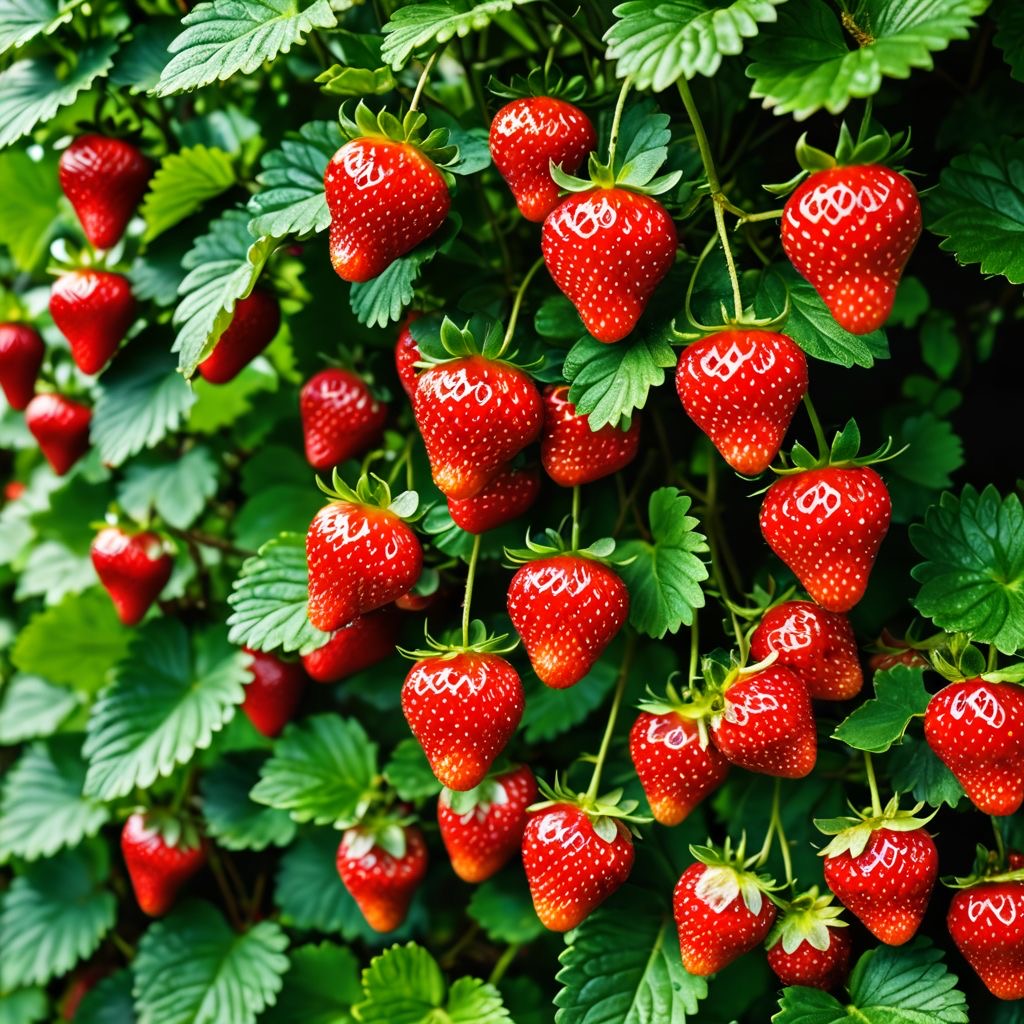
The practice of selecting plants based on their utility adds dimension to your landscape and can contribute to your family’s well-being.
Native Plants and Grasses? Yes or No?
Native plants and grasses have distinct advantages, requiring less maintenance and water while thriving in local soil conditions. Incorporating such species can also promote biodiversity by providing habitats for local wildlife and pollinators.
However, some homeowners might prefer the aesthetic appeal of exotic plants. Understanding what you prefer visually and ecologically is critical to developing a balanced and healthy environment. Aiming for a combination of native and non-native species allows you to promote biodiversity while expressing a personal style that harmonizes with your surroundings.
Do You Want to Attract Birds and Beneficial Insects?
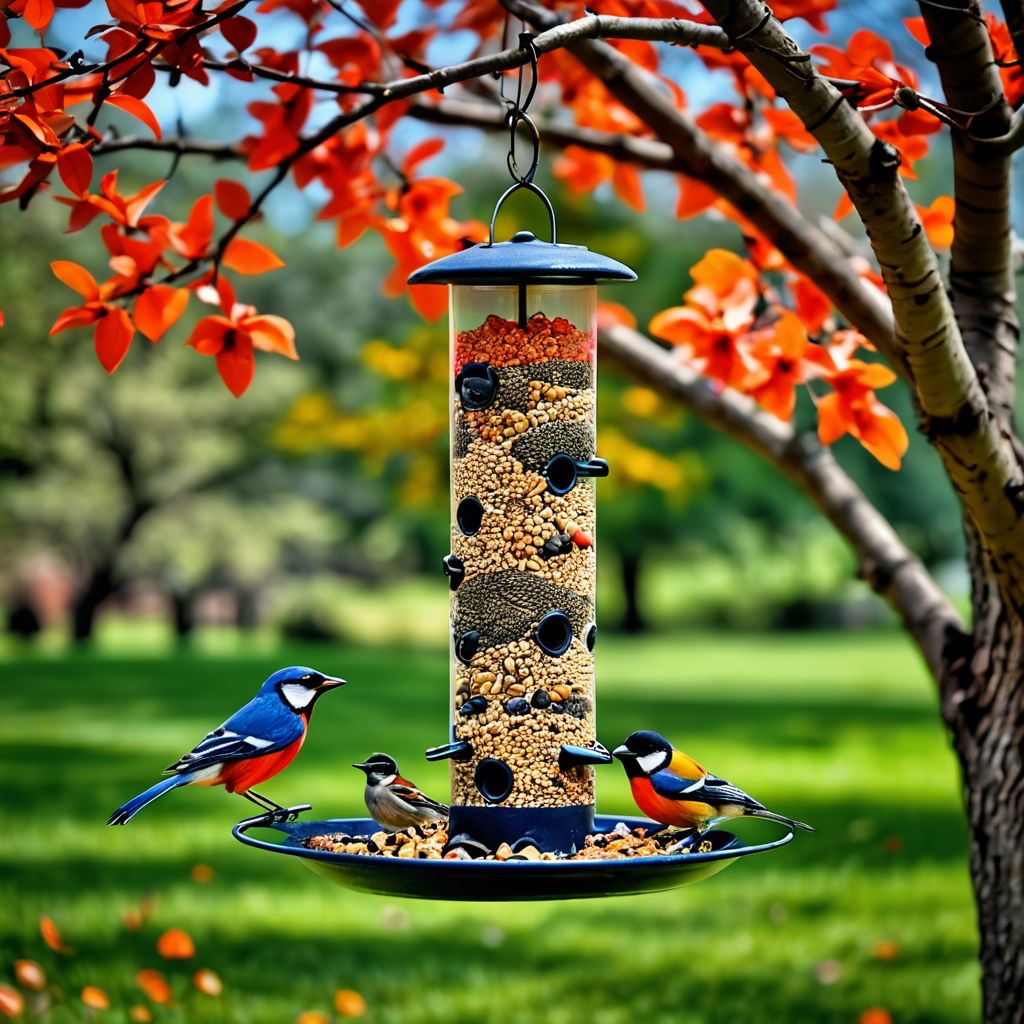
Attracting birds and beneficial insects is an excellent way to promote a healthy ecological balance in your yard. While various strategies can accomplish this, your plant choices will play a pivotal role. For instance, certain plants can draw butterflies and bees, such as milkweed, salvia, and black-eyed Susans. Additionally, incorporating bird feeders, water sources, and native shrubs can create a welcoming habitat for birds, enriching the experience of spending time outside.
With gardens gaining attention for their role in fostering eco-friendly habitats, encouraging birds and beneficial insects can create a thriving outdoor space that contributes positively to the environment.
Is Attracting Pollinators Important to You?
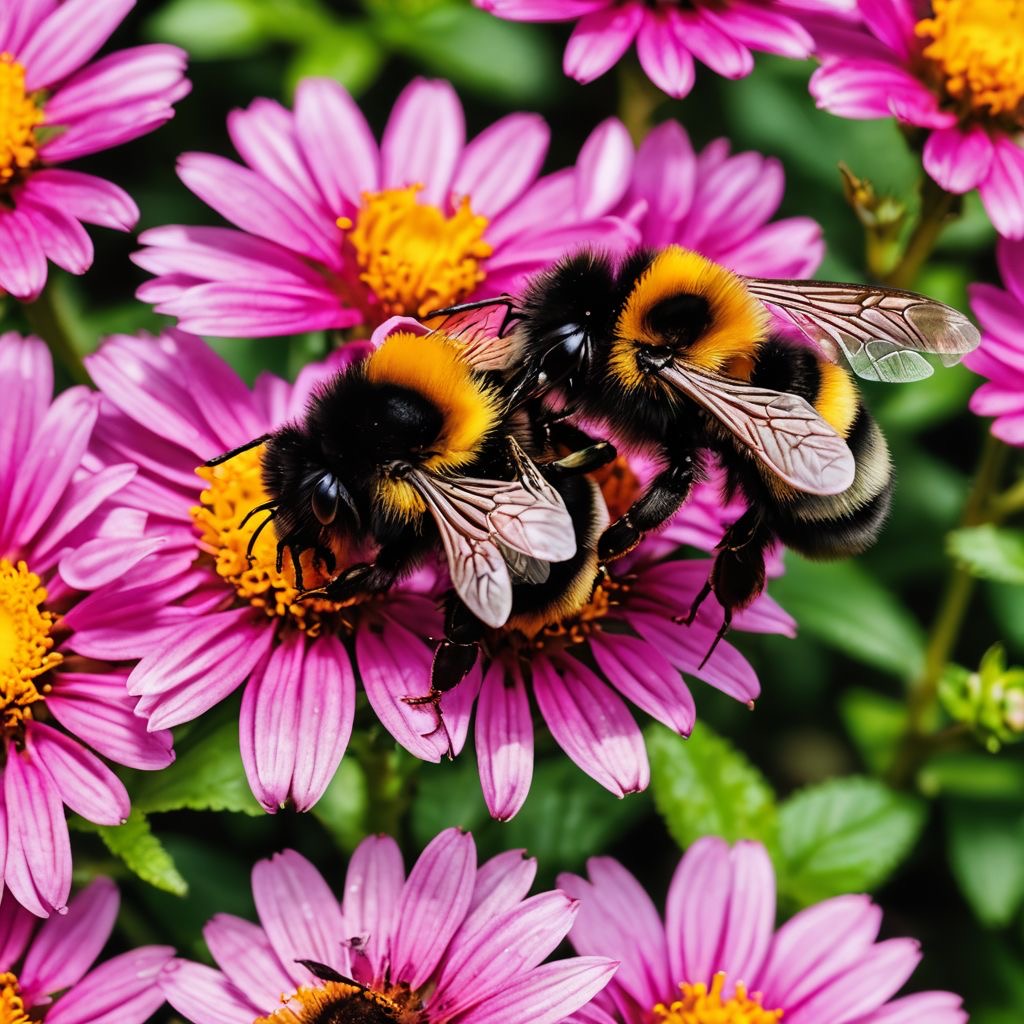
With growing awareness around pollinator conservation, understanding how to attract these vital species is crucial. If attracting pollinators is a priority, you will want to select flowering plants that bloom at different seasons, ensuring a continuous food source throughout the gardening year.
Choosing specific plants such as lavender, bee balm, or asters can entice various pollinators—including bees, butterflies, and other beneficial insects—helping maintain equilibrium in your environment.
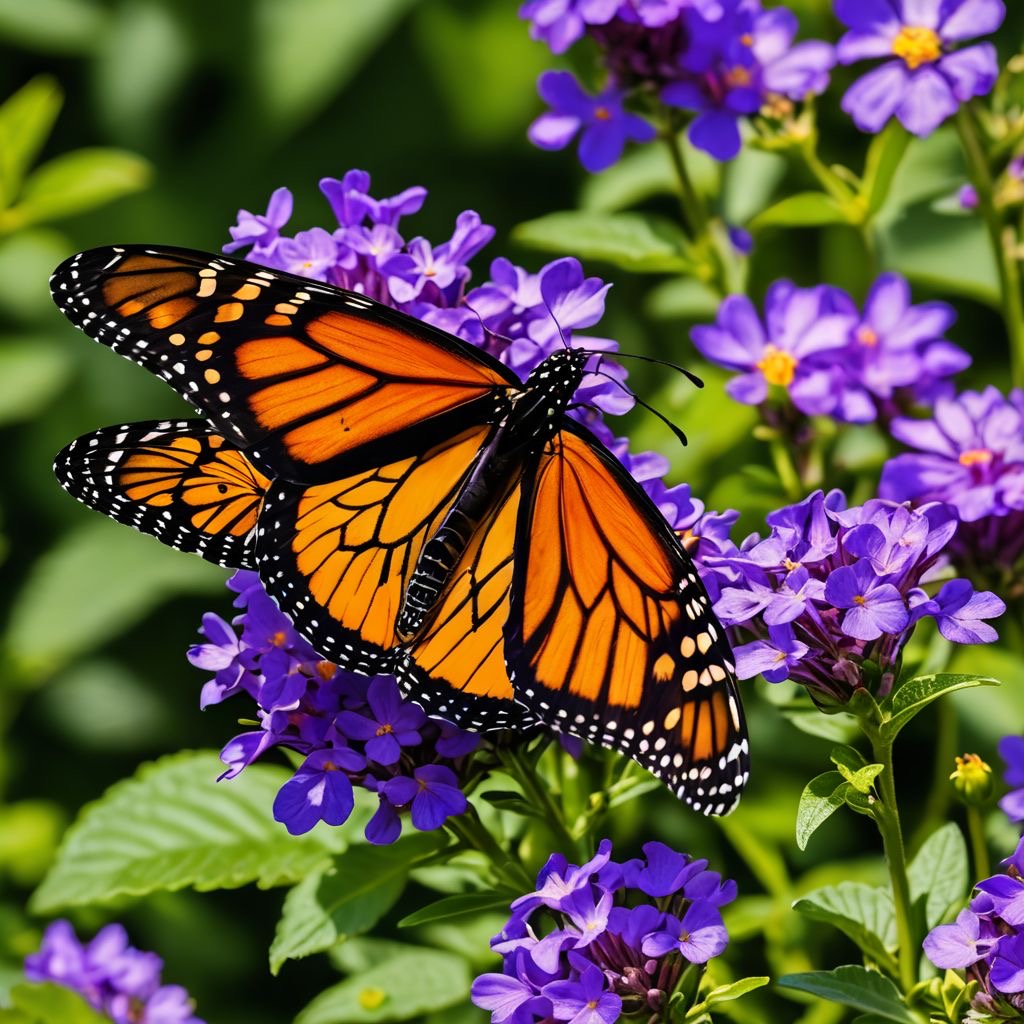
Perennials, Annuals, or a Mix
Deciding whether to incorporate perennials, annuals, or both will significantly influence maintenance levels and aesthetics. Perennials generally require less upkeep once established and return year after year, while annuals offer vibrant seasonal color but need replanting each cycle.
A mix of both can create visual interest while ensuring that various blooms will carry through multiple seasons. This approach promotes biodiversity and helps create a lively, ever-changing environment.
What Are Recognized Best Practices for Integrating All of These Ideas into Your Space?
Integrating the various elements of your vision involves developing a cohesive plan. Utilizing principles of permaculture, companion planting, and understanding how plants interact provides a framework for maximizing beauty and function.
You’ll want to consider compatibility—some plants may inhibit growth, while others support one another. Researching which types work well together and the best ways to incorporate diversity will create a flourishing and vibrant area.
How Much Time Do You Want to Dedicate to Creating Your Outdoor Space?
It's essential to critically assess how much time you can realistically devote to developing your landscape before proceeding. Are you an avid gardener who wishes to spend endless hours outdoors, or do you have a busy life that requires low-maintenance options?
Establishing a realistic timeframe for both initial installation and ongoing care will help steer your decision-making toward sustainable choices.
How Much Time Do You Want to Dedicate to Maintaining Your Space?
In addition to time spent creating your new outside area, consider ongoing maintenance, which includes watering, weeding, pruning, and harvesting. If you lead a busy lifestyle, honing in on low-maintenance plants or hiring help may be the best approach.
Ongoing maintenance can certainly consume a great deal of time.
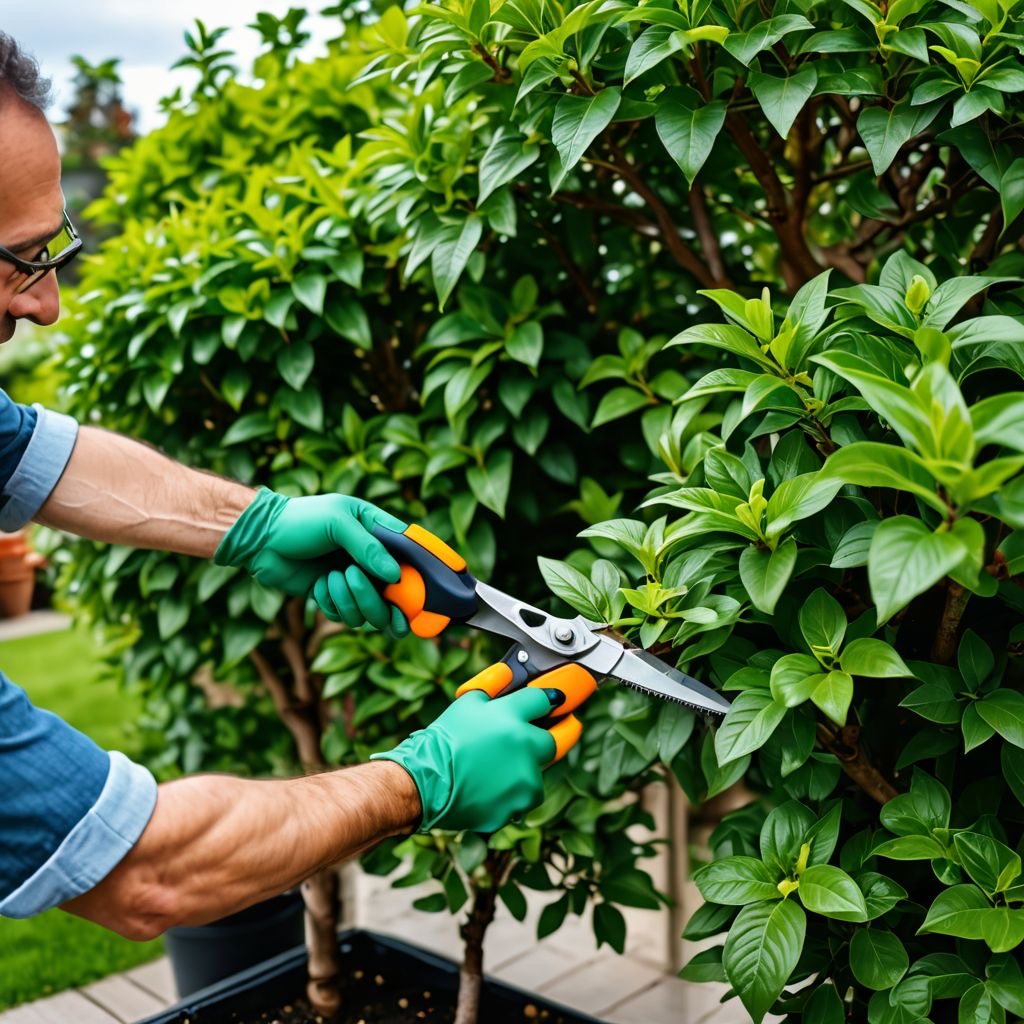
Being honest with yourself regarding your commitment to maintaining the outdoor space is crucial—if you prefer a thriving landscape without extensive upkeep, prioritize easy-growing plants and consider using mulch to suppress weeds.
Ready to chat about your garden and landscaping goals?

Reach out by call or text to: 204-229-9789 or click here to submit your information today to arrange a “no obligation” introductory phone call. We look forward to helping you transform your yard.
Tips on how to prepare for a consultation meeting with a landscape contractor
Are Roses in Your Landscape Part of Your Plan?
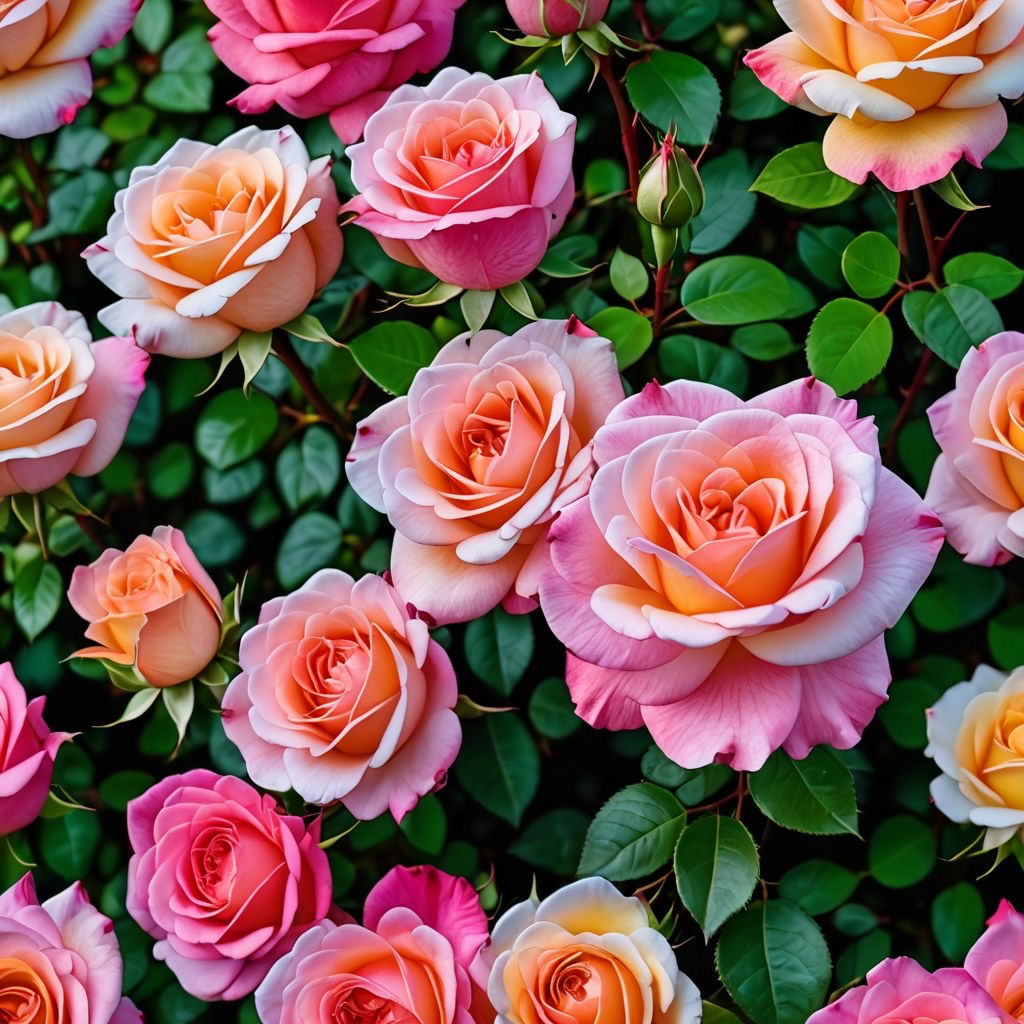
Roses are a timeless and cherished choice among many gardeners in North America. Their myriad varieties, colors, and fragrances elevate any landscape dramatically. However, roses can be somewhat challenging to maintain, especially in a climate like Winnipeg's, characterized by harsh winters and variable weather.
When considering roses for your outdoor area, it is crucial to choose varieties appropriate for your climate zone. Some ideal options for Winnipeg include:
- Hardy Canadian Roses: Look for varieties such as 'Morden Sunrise' or 'Morden Blush,' both bred to withstand cold and harsh conditions.
- Explorer Roses: Varieties such as 'Henry Hudson' and 'John Cabot' are renowned for their hardiness and resistance to disease while providing stunning colors in various shades.
- Rugosa Roses: These offer a more casual, natural look and are known for their ability to fill space with vigorous growth. Varieties like 'Hansa' and 'Therese Bugnet' perform exceptionally well in colder climates.
Utilizing proper techniques for winter preparation, care, and pruning will also contribute to the long-term health and beauty of your roses. Regular maintenance can ensure that your rose bushes flourish, creating breathtaking aesthetics and pleasant fragrances every season.
Have You Thought About a Budget and How Your Budget Will Impact Your Vision?

Budgeting is a critical component of any landscaping project. A beautiful outdoor environment doesn’t have to break the bank, but awareness of the costs for soil, seeds, plants, tools, and additional elements will ultimately influence your choices. Consider the differences between DIY options versus hiring professional assistance, which can have significant impacts on your overall costs.
Setting a budget will help you achieve your goals without straining your finances. Always remember to include maintenance costs and seasonally recurring expenses in your calculations.
Budget Considerations
How Much Money (and Time) Are You Prepared to Invest in Your Design Project?
Before diving into the intricacies of your outdoor design, take a moment to evaluate how much you are willing to spend. This assessment will guide your landscaping choices—from the types of plants you select to overall design features.
Start with the basics, such as soil, seeds, and educational resources, and build from a foundation of knowledge that will include specific components or decorative aspects if your budget permits.
What Does Your Lifestyle Allow in This Regard?
Different lifestyles come with distinct challenges and opportunities, especially in financial terms. A financially comfortable retiree with ample time to dedicate to their outdoor artistry may opt for high-maintenance or elaborate designs, while a busy young family may be forced to prioritize ease, investing in low-maintenance plants and professional landscaping services.
Your lifestyle ultimately impacts the type and scale of your planned outdoor space. Assess your situation carefully, as it’s crucial to create a functional environment that fits within your available time and resources.
Lifestyle Considerations
Retired: Financially Comfortable and Lots of Time to Dedicate to Your Landscape

Retirees may find themselves with extra time to reach personal gardening goals. This scenario allows for greater experimentation with complex designs and diverse plant selections. Wealthy retirees may also opt for professional landscaping services, removing the burden of labor-intensive efforts while enhancing the aesthetic quality of their landscape.
Young Family with Children: Lots of Competing Priorities and Little Time for Your Landscape
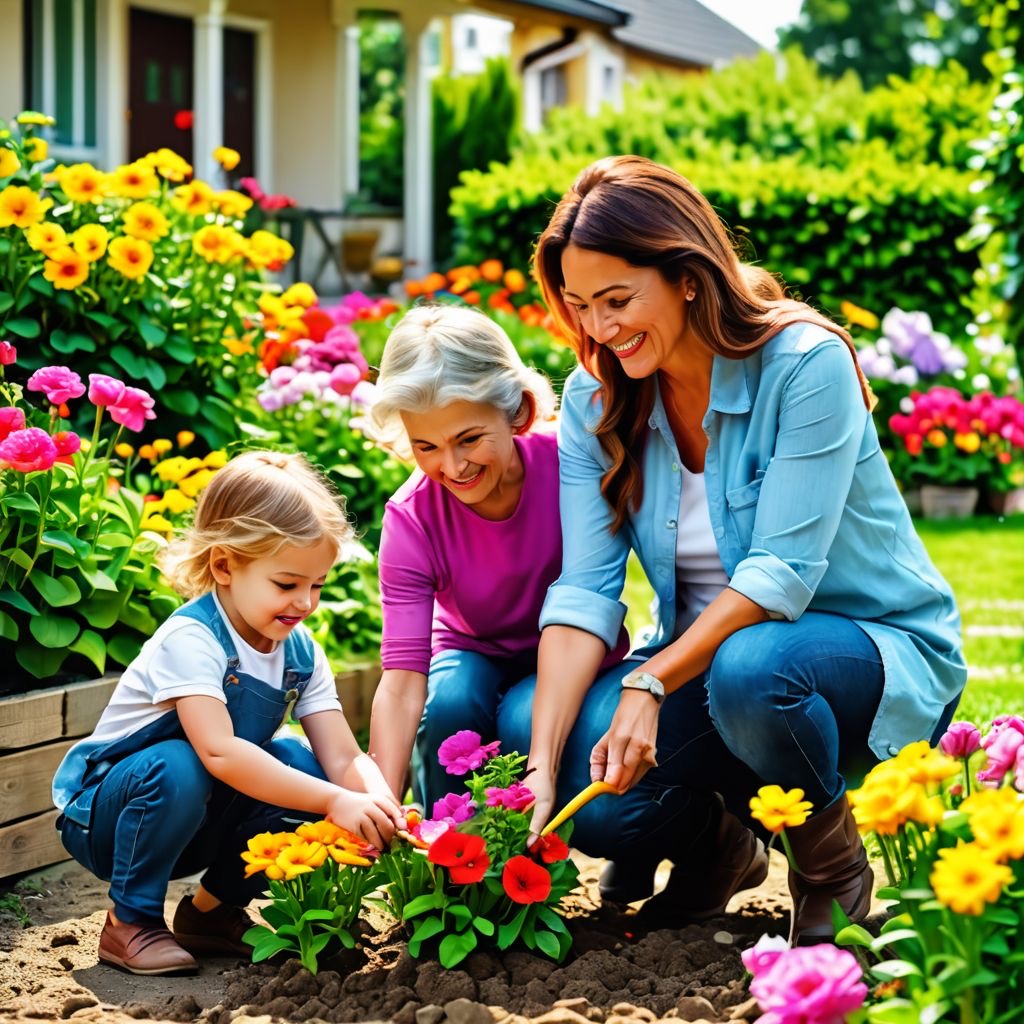
The bustling lifestyle of young families often limits both time and finances for expansive landscaping efforts. In this case, choosing easy-care and durable plants that withstand the inevitable wear and tear of children will yield the best results. Additionally, considering designs allowing for safe interactive play can provide excitement for children as they learn the joys of nature.
New Homeowner: Many Projects and Upgrades Competing for Limited Dollars
As a new homeowner, various projects and upgrades can compete for your limited resources. Budget constraints must be tackled thoughtfully, prioritizing the most essential elements of your landscape that bring enjoyment without financial strain. Starting small can lead to gradually developing your outdoor space as time and finances allow.
Borders and Edging
Where Does Your Space Begin and End in Relation to Your Lawn and the Rest of Your Landscape?
Establishing distinct borders helps define where your outdoor area transitions from one section to another. Using materials like mulch, stone, or wood for borders creates a clean separation from your lawn while forming a clear visual line in your landscaping.
Discuss Materials and Design and Construction Options
Your choice of materials, in addition to plant selection, defines the character of your area. Consider sustainable options such as wood, stone, paving, or metals, as each offers unique aesthetics and varying maintenance requirements.
Choosing borders can add visual interest and enhance the overall flow of your outdoor space. Consulting design guides or professionals for artistic yet practical suggestions will yield the best results.
Other Considerations
DIY or Hire a Landscape and Yard Care Service to Help Design, Build, and Maintain Your Space

Do you want to tackle your outdoor project independently, or would you prefer assistance from experts? Assess your skills, interests, and available time before making this significant decision. Engaging professional services can lighten your burden while ensuring gorgeous and expert guidance throughout the process.
Can a Landscape Architect Help You Put All Your Ideas Together?
If you feel lost amidst the design process, having a landscape architect collaborate with you can provide clarity and direction. They will assist in translating your ideas into an organized, cohesive design while ensuring that your vision aligns with environmental best practices.
Soil Health: Does it Matter?
Yes! Soil health is foundational to achieving long-term success. Healthy soil contains essential nutrients and biological components that promote plant growth, while poor soil can hinder the development of your landscape.
Consider testing your soil and researching amendments to optimize its condition for the types of flora you wish to cultivate. Improving your soil quality now will pave the way for future growth.
Does Organic Matter to You?
With the increasing interest in organic practices, you may want to prioritize organic gardening methods in your landscape. Organic techniques promote biodiversity and environmental health while minimizing harmful chemicals in your outdoor area.
Diseases and Pests: What Should You Know?
Understanding potential diseases and pests that could threaten your plants is essential. Research common issues in Winnipeg’s climate to develop strategies for effective pest management and disease prevention.
Key Elements of Design
Pathways: Full Discussion- Yes or No?
Pathways play a critical role in landscape design, facilitating access to different areas while increasing visual appeal. A well-designed path can enhance the flow and functionality of your outdoor retreat.
Consider materials such as gravel, pavers, or bricks for durability and ease of maintenance. Pay attention to details such as colors and widths that coordinate with your overall design aesthetic for maximum impact.
Trellises
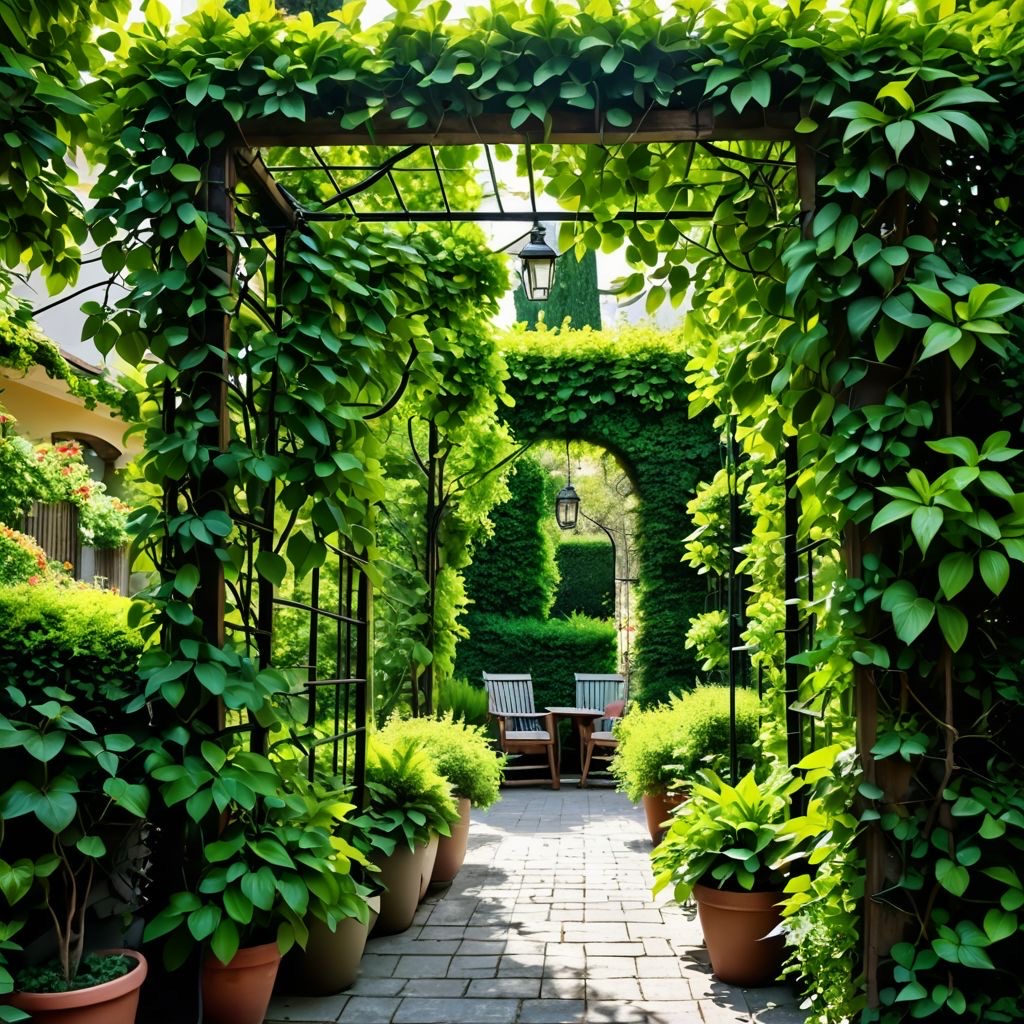
Incorporating trellises can add height and visual interest, allowing for vertical growth opportunities with climbing plants like beans, cucumbers, or flowering vines. Timber, metal, or bamboo are all suitable materials worth exploring. Be sure to select the appropriate trellis that complements your design while supporting your chosen plants.
Native Grasses
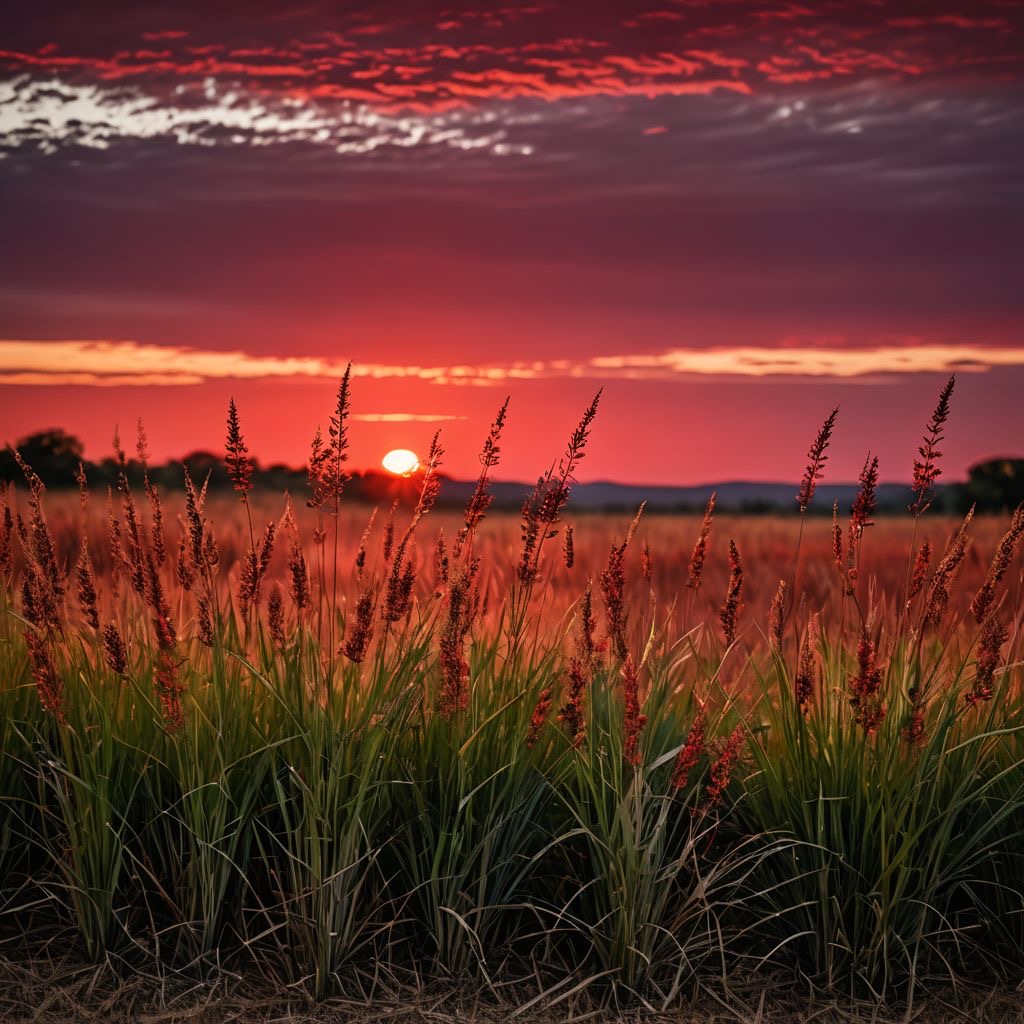
Incorporating native grasses enhances biodiversity while requiring lower maintenance. Look for drought-resistant options that can be used for borders or as filler plants, adding depth, texture, and movement to your outdoor area.
Size: How Much Space Do You Have?
Evaluating the spatial constraints of your yard will help define the overall structure and layout of your design. Consider how much land you want to allocate for planting, and ensure it complements your existing landscaping.
Designing within your limits will maximize the visual and functional qualities of your outdoor oasis.
Raised Beds vs. Traditional Beds
Pros and Cons of Each
Raised planting beds and traditional ground beds offer unique advantages and varying drawbacks.
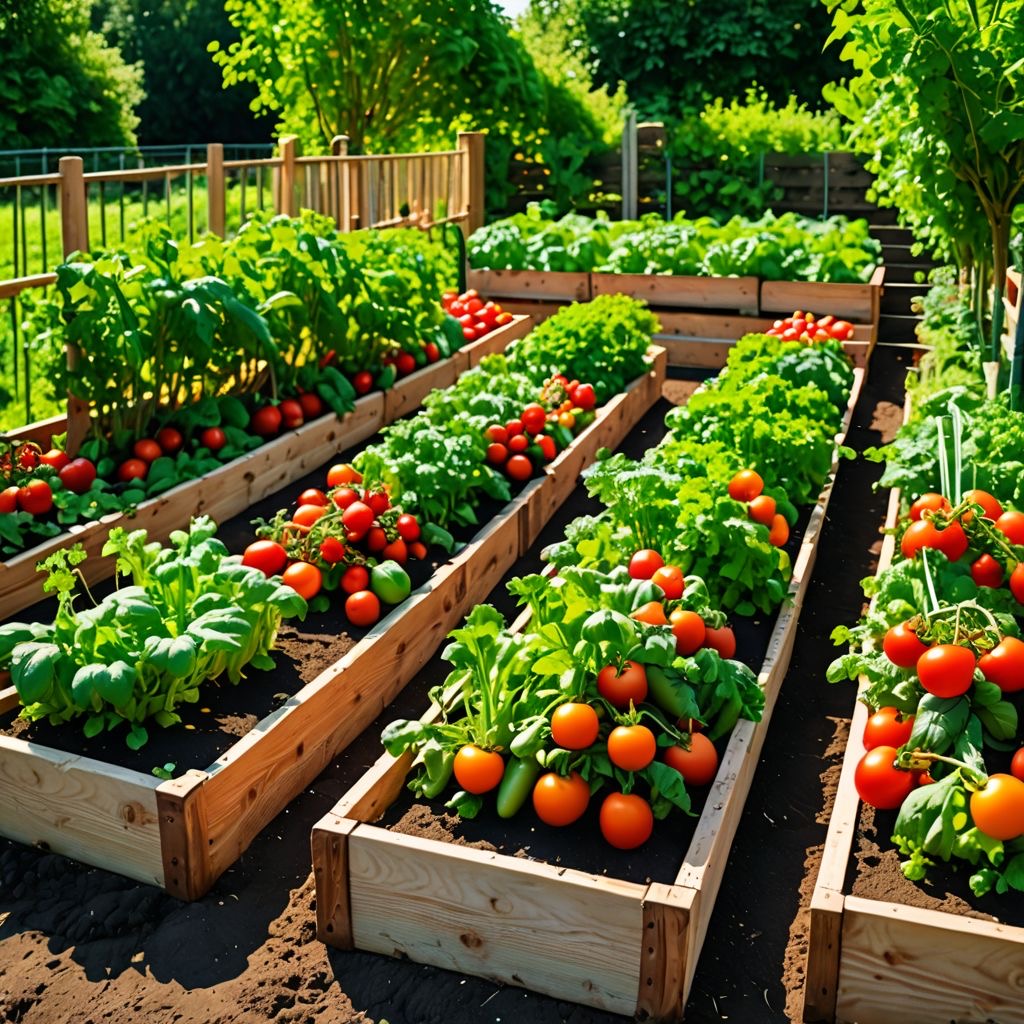
Pros of Raised Beds:
- Improved soil drainage and aeration, leading to healthier root development
- Reduced soil compaction and easier access for planting and harvesting
- Enhanced pest control through elevation
- Extended growing seasons, as soil warms faster in spring
- Less bending and strain on the back when working at an appropriate height
Cons of Raised Beds:
- Higher initial costs for materials and installation
- Limited root depth for specific plants
- More frequent watering may be necessary during the summer months
Traditional Beds Pros:
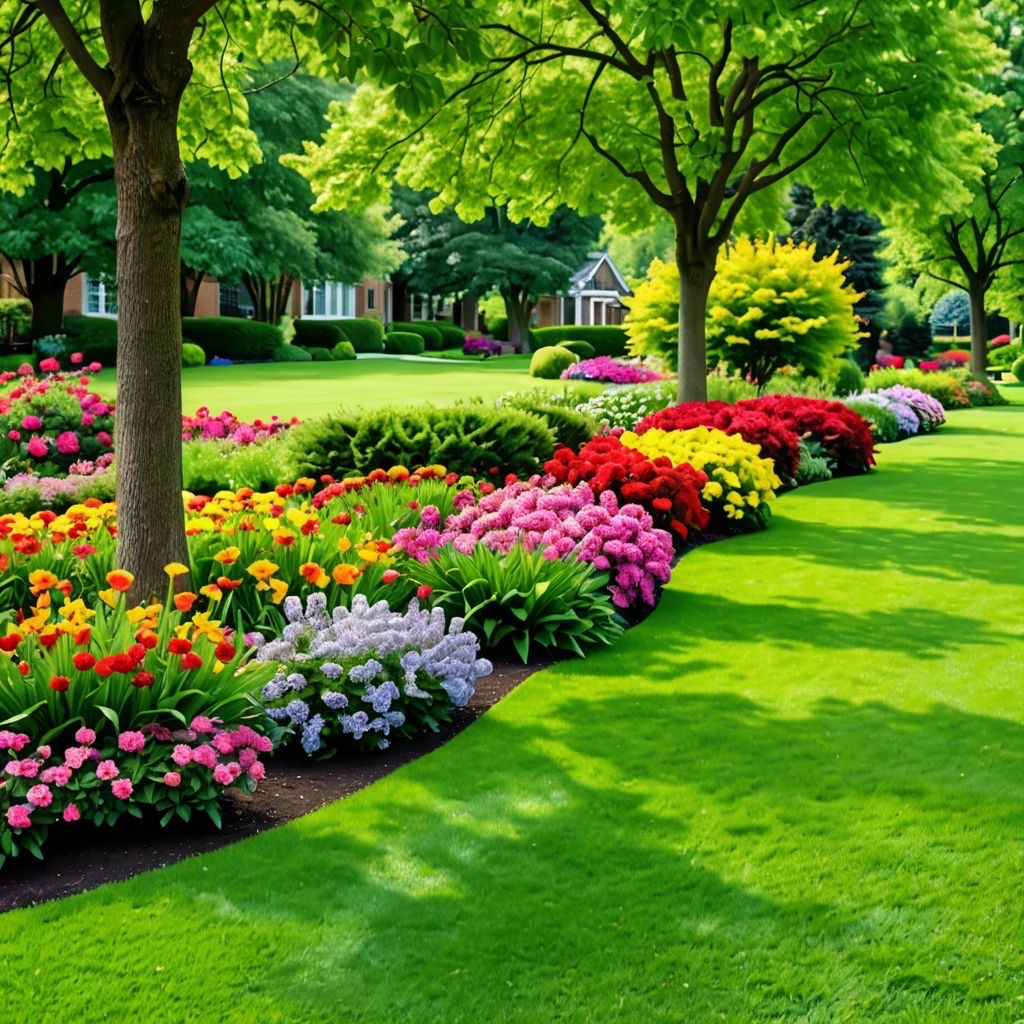
- Lower initial investment with easier construction
- Natural growth interactions can occur
Traditional Beds Cons:
- Soil compaction can happen over time, making it harder for plants to grow and thrive
- More difficult to manage weeds and pests due to direct contact with the ground
If You Prefer Raised Beds, What Design Works Best for You?
When choosing a raised bed design, consider important factors like height, material, and layout. Ideal dimensions typically range from 4 feet wide to allow easy access, with a height of 12 to 24 inches for optimal drainage and suitable soil temperature control.
Dimensions and Material Considerations
Popular materials for constructing raised beds include wood (cedar and untreated pine), stone, or recycled composite materials. Each serves distinct aesthetics and maintenance requirements. Understand the pros and cons of each material—wood may rot over time, while stone is virtually indestructible but may require more effort to install.
Common Mistakes to Avoid
Common pitfalls in building raised beds include inadequate drainage, using treated wood (which may leach harmful chemicals into the soil), neglecting soil quality, and failing to plan for dimensions that work for your individual needs. Evaluating each step during this planning phase will help you circumvent these potential issues.
Who Can Help You Build Your Raised Beds?

If construction isn’t in your skill set or interest, consider hiring local landscaping services or turning to friends and family for assistance. Many home improvement centers also offer workshops to learn essential building skills for constructing raised beds.
Botanical Garden Ideas and Their Implementation
If incorporating botanical elements feels appealing, you may want to consider adopting specific concepts. Botanical gardens showcase a curated selection of plants intended to promote education and appreciation of the natural world.
Key Features to Consider:
1. Diversity of Plant Life: Consider selecting a broad range of species, including flowers, shrubs, trees, and native plants. Diversity fosters ecological balance and creates a vibrant aesthetic!
2. Thematic Gardens: You might wish to create curated sections highlighting specific themes, such as medicinal herbs, pollinator gardens, or kitchen herbs blending into your culinary lifestyle.
3. Water Features: Incorporating a small pond or fountain can enhance biodiversity and attract wildlife while adding calming sounds.
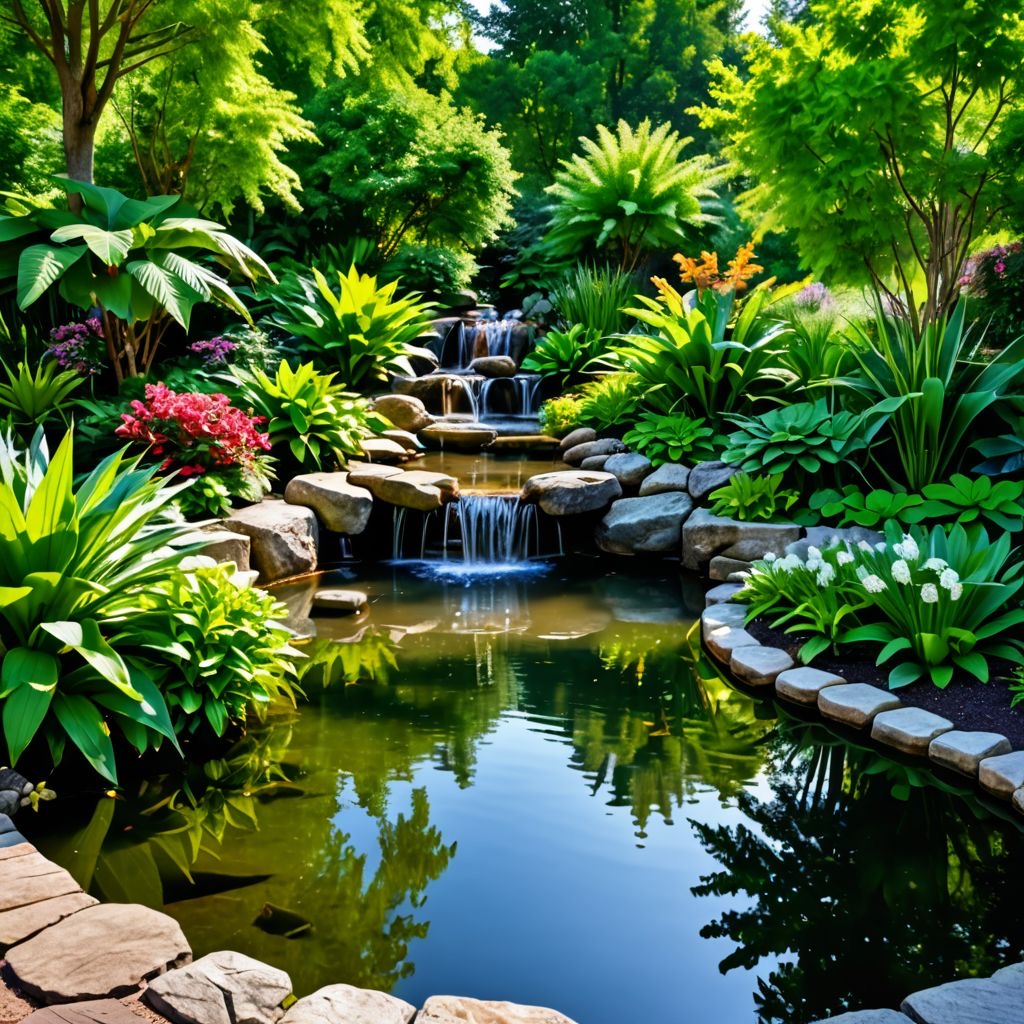
4. Educational Signage: Using clear and informative signage can help inform visitors about the various plant species you are incorporating, showcasing their benefits and unique characteristics.
5. Walking Paths: Designing meandering pathways through your area can create a sense of exploration, encouraging people to wander while enjoying the plants.
6. Community Involvement: If you aspire to build a botanical garden, consider getting involved with community initiatives or gardening groups to share your vision and resources.
Planning and dedicating space for a botanical-inspired area could open opportunities for learning, growth, and appreciation of the diverse plant world, enriching your outdoor experience.How Your Design Affects Enjoyment
Ultimately, the design of your space plays a pivotal role in determining your level of enjoyment throughout the gardening experience. A thoughtfully crafted area can make a world of difference, whether through fulfilling perennial blooms, nutritious homegrown vegetables, or artistic features that reflect your style and personality.
Spending time in an intentionally designed outdoor space has the potential to increase overall happiness, providing relaxation and connection to nature. Nurturing plants requires patience and care, making gardening a mindful endeavor that yields satisfying rewards.
Conclusion
In conclusion, designing an outdoor area is a multifaceted endeavor that extends beyond mere plant selection. For Winnipeg homeowners and commercial property managers alike, establishing a clear vision of what brings joy and sustainability can pave the way for a beautiful, functional landscape that enhances daily living.
By carefully considering each step in the design process—from defining your goals to evaluating layout options, selecting plants, and planning for maintenance—you create an outdoor space uniquely tailored to your preferences and lifestyle. Whether your focus is on visual appeal, functionality, or botanical diversity, each decision along the way helps define your journey of outdoor enrichment.
Your Winnipeg outdoor oasis can become a peaceful retreat, a source of fresh produce, a vibrant environment for children to play, or an inviting sanctuary for local wildlife. With thoughtful planning, creativity, and a little tenacity, you can cultivate an inspiring space that enhances both your property and your daily life. So, gather your ideas, embark on this journey, and let the adventure of building your outdoor haven begin—transforming your environment into a living testament to the joy of nurturing plants and connecting with nature. Happy gardening!
Don't miss out! Click here to subscribe today and get the latest blog posts delivered straight to your inbox.

Ready to take the next step? click here to contact us today to arrange a “no obligation” introductory phone call and let’s explore how we might be able to help you.
At Sunshine, we take a great deal of pride in delivering “top-notch” service. But don't just take our word for it. Here's what our customers have to say about their experiences with us:
• Ray and his crew are outstanding. I had the pleasure of using their services with a large commercial property. The service provided, and the detail and care that went into tending to every matter, was truly remarkable. Ray was always available and quick to respond to any calls or emails. His manner and Customer Service is excellent. I would highly recommend Sunshine to anyone looking for a commercial or residential property service.
Shelly S.
️
️
️
️
️
• I have been using Sunshine for a couple of years now, and without exception, it has been amazing customer care. Normal months for snow plowing and snow removal are November to March. For both years, Ray and his company have exceeded this boundary to provide great customer support, and clear our walks and back drive area. The great snowfall of October a couple of years ago, to just our most recent Manitoba snowfall. There has never been a day that snowed, that our walks weren’t cleared first thing in the morning. I would highly recommend this team!!
Michelle P.
Please NOTE: This Michelle P. review was provided directly from the customer's email **This is Not a Google Review**
COMMERCIAL REFERENCES:
Hannah Mailloux, Property Manager
Capital Property Management
hannah.mailloux@capitalgrp.ca
Susan Wong, Property Manager
Karma Properties
susan@karmaproperty.ca
204-415-5712 ext. 201
Jean Reuther, Property Manager
D7 Property Management
jean@D7management.com
If Sunshine can help you, contact us to to schedule a consultation:
Call or text Ray directly today: 204.229.9789
or email: ray.chastko@sunshinemaintenance.ca


